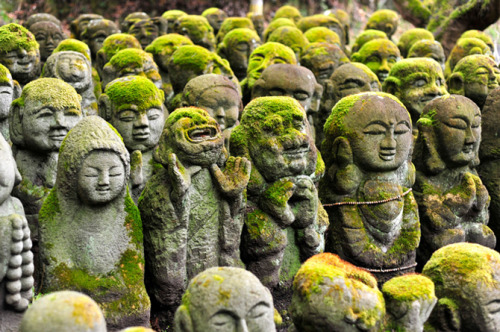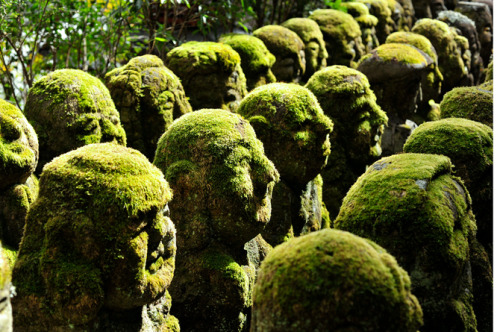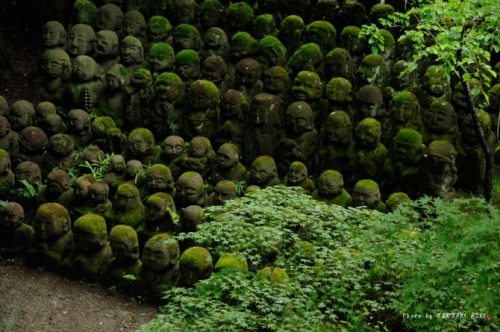This Is Your Brain Experiencing A Concussion

This is your brain experiencing a concussion
It may look like this model brain is made of Jell-O, but it’s the same consistency as a real brain.
As Dr. Christopher Giza from UCLA demonstrates, the brain is made of soft tissue and floats in fluid inside of the skull. When the skull moves quickly, the brain can jostle around a lot, which can lead to neurological symptoms.
“Most concussions are recoverable,” Giza said.
But concussions can be difficult to identify and some people suffer more serious symptoms, particularly after multiple concussions.
Lab studies have shown a “window of vulnerability” after a first concussion, Giza said. Concussed athletes are three to six times more likely to get another concussion. If they rush back to play, their reflexes, reaction time and thinking may be slower, putting them at risk of a second concussion and longer recovery period.
Six things parents and athletes need to know about concussions.
More Posts from Ritasakano and Others
Pinpointing the Cause of Earth’s Recent Record CO2 Spike
A new NASA study provides space-based evidence that Earth’s tropical regions were the cause of the largest annual increases in atmospheric carbon dioxide concentration seen in at least 2,000 years.
What was the cause of this?
Scientists suspect that the 2015-2016 El Niño – one of the largest on record – was responsible. El Niño is a cyclical warming pattern of ocean circulation in the Pacific Ocean that affects weather all over the world. Before OCO-2, we didn’t have enough data to understand exactly how El Nino played a part.

Analyzing the first 28 months of data from our Orbiting Carbon Observatory (OCO-2) satellite, researchers conclude that impacts of El Niño-related heat and drought occurring in the tropical regions of South America, Africa and Indonesia were responsible for the record spike in global carbon dioxide.

These three tropical regions released 2.5 gigatons more carbon into the atmosphere than they did in 2011. This extra carbon dioxide explains the difference in atmospheric carbon dioxide growth rates between 2011 and the peak years of 2015-16.

In 2015 and 2016, OCO-2 recorded atmospheric carbon dioxide increases that were 50% larger than the average increase seen in recent years preceding these observations.

In eastern and southern tropical South America, including the Amazon rainforest, severe drought spurred by El Niño made 2015 the driest year in the past 30 years. Temperatures were also higher than normal. These drier and hotter conditions stressed vegetation and reduced photosynthesis, meaning trees and plants absorbed less carbon from the atmosphere. The effect was to increase the net amount of carbon released into the atmosphere.

In contrast, rainfall in tropical Africa was at normal levels, but ecosystems endured hotter-than-normal temperatures. Dead trees and plants decomposed more, resulting in more carbon being released into the atmosphere.

Meanwhile, tropical Asia had the second-driest year in the past 30 years. Its increased carbon release, primarily from Indonesia, was mainly due to increased peat and forest fires - also measured by satellites.

We knew El Niños were one factor in these variations, but until now we didn’t understand, at the scale of these regions, what the most important processes were. OCO-2’s geographic coverage and data density are allowing us to study each region separately.
Why does the amount of carbon dioxide in our atmosphere matter?
The concentration of carbon dioxide in Earth’s atmosphere is constantly changing. It changes from season to season as plants grow and die, with higher concentrations in the winter and lower amounts in the summer. Annually averaged atmospheric carbon dioxide concentrations have generally increased year over year since the 1800s – the start of the widespread Industrial Revolution. Before then, Earth’s atmosphere naturally contained about 595 gigatons of carbon in the form of carbon dioxide. Currently, that number is 850 gigatons.

Carbon dioxide is a greenhouse gas, which means that it can trap heat. Since greenhouse gas is the principal human-produced driver of climate change, better understanding how it moves through the Earth system at regional scales and how it changes over time are important aspects to monitor.

Get more information about these data HERE.
Make sure to follow us on Tumblr for your regular dose of space: http://nasa.tumblr.com.
Palestra do Astrofísico João Paulo Delicato no Café e Ciência
https://www.youtube.com/watch?v=VMjZ8nuVXwA&feature=share















What is it about this twilight hour? Even the sound of a barely perceptible breeze pierces the heart. (Ono no Komachi, c. 825 – c. 900, Japanese poet of the early Heian period).
It’s no longer day but night hasn’t come yet either. One by one, the voices that fill the hours of the day with their incessant noise fade until the silence is almost complete. Some aspects of the colours stay concealed in daylight, but now comes the moment for them to appear. The evening light reduces every superfluous detail, every unnecessary shape; it is at the same time the absolute truth and the most beautiful lie.
Today let’s wander in evening landscapes (top to bottom, left to right): Evening at Ushibori, by Kawase Hasui, 1930 [source]; Evening Glow at Choshi, by Tsuchiya Koitsu, 1932 [source]; Dusk at Itako, by Kawase Hasui, 1932 [source]; Fishing Boats at Sea, by Ohara Koson, c. 1900 [source]; Evening at Minano in Chichibu, by Kawase Hasui, 1946 [source]; Evening Snow at Hashiba, by Utagawa Hiroshige II 1861 [source].

@maejemison fist black woman in space and principle of the 100 Year Starship Project. #WomeninScienceBook #scientificliteracy #happyblackhistorymonth #blackhistoryshouldbecelebratedallyearlong




The benefits of a bilingual brain
It’s obvious that knowing more than one language can make certain things easier — like traveling or watching movies without subtitles. But there are other advantages to having a bilingual brain. While bilingualism won’t necessarily make you smarter, it does make your brain more healthy, complex and actively engaged. So even if you didn’t have the good fortune of learning a second language as a child, it’s never too late to make a linguistic leap! After all, a little brain exercise can go a long way.
What does it really mean to know a language? Language ability is typically measured in two active parts (speaking and writing), and two passive parts (listening and reading). While a balanced bilingual has near equal abilities across the board in two languages, most bilinguals around the world know and use their languages in varying proportions. And depending on their situation and how they acquired each language, they can be classified into three general types.
A compound bilingual develops two linguistic codes simultaneously, with a single set of concepts. If you learned two languages from the time you were very young, chances are you are a compound bilingual. A coordinate bilingual works with two sets of concepts, for example, someone who speaks one language at home and another in school or with friends. Finally, a subordinate bilingual is someone who learns a secondary language by filtering it through their primary language.
Did you know a multilingual brain actually has more grey matter than a monolingual brain?
Source: TED-ED
Educator: Mia Nacamulli Animator: Lisa LaBracio
-
 amvs liked this · 2 months ago
amvs liked this · 2 months ago -
 haruorie liked this · 1 year ago
haruorie liked this · 1 year ago -
 feixyrebackcomp liked this · 1 year ago
feixyrebackcomp liked this · 1 year ago -
 flyingprisonalindustrialcomplex liked this · 1 year ago
flyingprisonalindustrialcomplex liked this · 1 year ago -
 wolfpal liked this · 2 years ago
wolfpal liked this · 2 years ago -
 gusepeh15 liked this · 2 years ago
gusepeh15 liked this · 2 years ago -
 afk-brb liked this · 3 years ago
afk-brb liked this · 3 years ago -
 drawmotivation liked this · 3 years ago
drawmotivation liked this · 3 years ago -
 dutifullyperfectcoffee liked this · 3 years ago
dutifullyperfectcoffee liked this · 3 years ago -
 niko71 liked this · 3 years ago
niko71 liked this · 3 years ago -
 krok-o-dyle reblogged this · 3 years ago
krok-o-dyle reblogged this · 3 years ago -
 krok-o-dyle liked this · 3 years ago
krok-o-dyle liked this · 3 years ago -
 pinkauthorclouddiplomat liked this · 4 years ago
pinkauthorclouddiplomat liked this · 4 years ago -
 astrotracksuitbattalion liked this · 4 years ago
astrotracksuitbattalion liked this · 4 years ago -
 delightsofademigodess reblogged this · 4 years ago
delightsofademigodess reblogged this · 4 years ago -
 pleasurehunter2000 liked this · 4 years ago
pleasurehunter2000 liked this · 4 years ago -
 docelly-1 reblogged this · 4 years ago
docelly-1 reblogged this · 4 years ago -
 foulhumanoidpersonempath liked this · 4 years ago
foulhumanoidpersonempath liked this · 4 years ago

